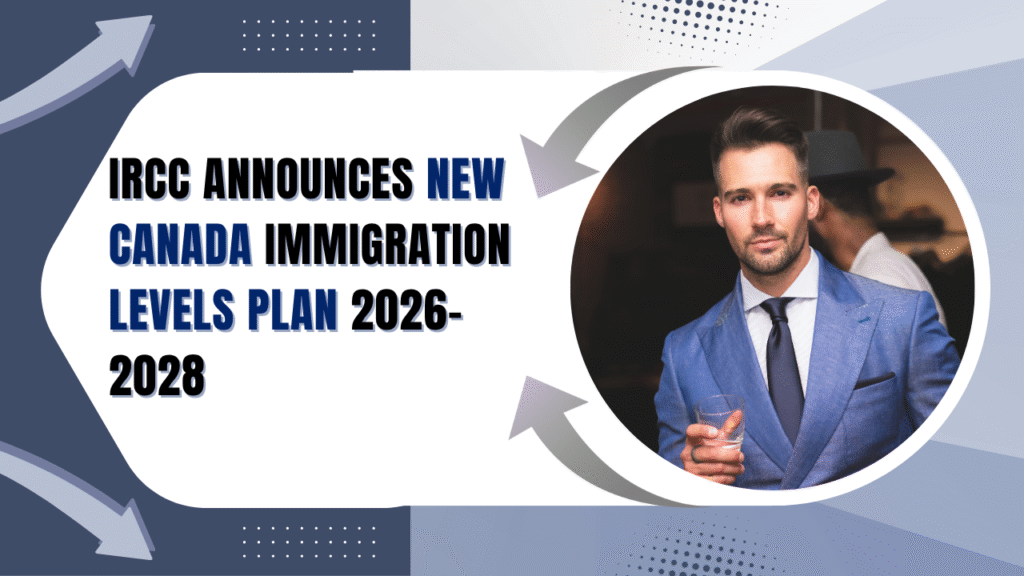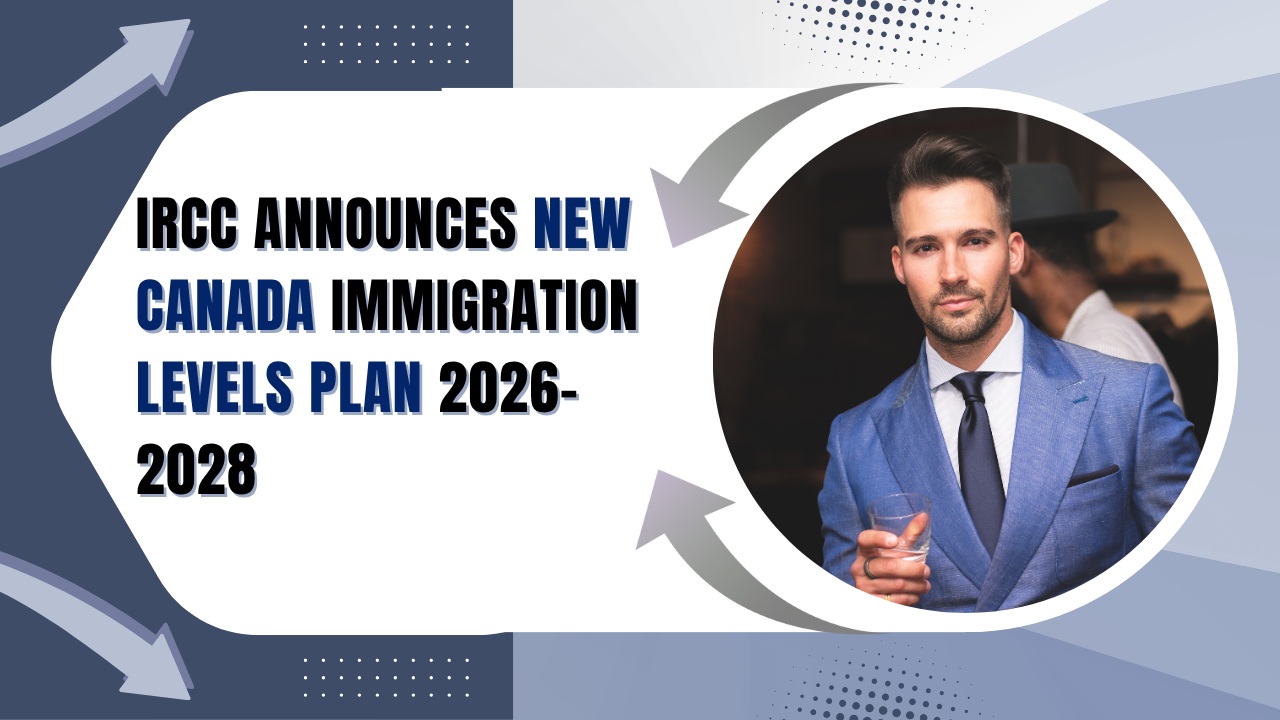The Canada Immigration Levels Plan is among the most awaited announcements annually between October and November. This strategy aids in defining the future of the nation’s population increase, workforce requirements, and demographic equilibrium.
This immigration strategy mainly centered on the yearly count of permanent residents eligible to apply for or gain admission to Canada, It also established goals for every category of immigration. Last year, IRCC broadened its focus by including goals aimed at temporary residents, such as students and workers.
Additionally, all are anticipating the Canada immigration levels plan, not just for the overall figures, but also to grasp how IRCC manages the balance between permanent and temporary visa entrants.

IRCC Develops Canada’s Immigration Levels Strategy for 2026–2028
- Building on last year’s revised strategy, the current direction is influenced by the Government of Canada’s pledges to:
- By the conclusion of 2027, Canada’s government will decrease the nation’s population of non-permanent residents by 5%.
- Keep permanent resident admissions below 1% of Canada’s population annually starting in 2027.
- By 2029, the immigration strategy will focus on the 12% of Francophone populations beyond Quebec.
- Canada is developing the Immigration Levels Plan for 2026–2028 with a cohesive, nationwide strategy for immigration, scheduled to be published in the autumn of 2025
IRPA: the Legislation Governing Canada’s Immigration Goals
According to the Immigration and Refugee Protection Act (IRPA), the Minister of Immigration, Refugees and Citizenship is required to present the yearly forecast of permanent resident admissions. This is referred to as the Immigration Levels Strategy. For the first time, the plan for 2025-2027 set goals for temporary residents. It aids in creating a broader strategy for managed migration.
The multi-year strategy details the quantity of immigrants Canada intends to accept as:
- Permanent residents through economic, family, refugee, or humanitarian programs, and
- Temporary inhabitants via the international student and temporary foreign labor initiatives.
It refreshes each year on a continuous three-year cycle, setting concrete goals and ranges for the initial year, while providing tentative goals and ranges for the second and third years, permitting adjustments based on any actual developments or changes.
The Immigration Levels Plan for 2025–2027 lowered permanent resident goals starting in 2025. It established reduced national goals for the next two years to guarantee effective, sustainable growth and enduring economic success.
The proposed strategy specifies the objectives:
- 395,000 by 2025
- 380,000 by 2026
- 365,000 by 2027
Assisting Canada’s economy continued to be a primary focus, with economic class entries making up the biggest portion, expected to hit 62% by 2027. A larger share of these admissions was designated for federal economic initiatives aimed at drawing skilled labor in critical fields like health care and trades, while also providing routes to permanent residency for those already residing in Canada.
The family class initiatives persisted in supporting family reunification, accounting for 22% of total permanent resident admissions. Canada maintained its robust humanitarian legacy by preserving goals for Government-Assisted Refugees, accounting for around 15% of total admissions for resettled refugees and protected individuals.
How to Move to Canada in 2025?
There are two main ways for people to come to Canada. They may arrive as either:
- Temporary Resident: Thus, Canada welcomes only tourists, students, or employees intending to work in the country for a specific duration.
- Permanent Resident: Eligibility is limited to candidates seeking Canadian citizenship. You can obtain Canada PR through Armonia Resources with a smooth, hassle-free process.
The Immigration Levels Plan seeks to develop a sustainable and inclusive immigration system in Canada that enhances diversity, bolsters vibrant communities, fosters economic prosperity, and guarantees the safety and security of all Canadians.
While evaluating both temporary resident arrivals and permanent resident admissions, Canada seeks feedback to inform the forthcoming 2026–2028 Immigration Levels Plan.




Leave a Reply